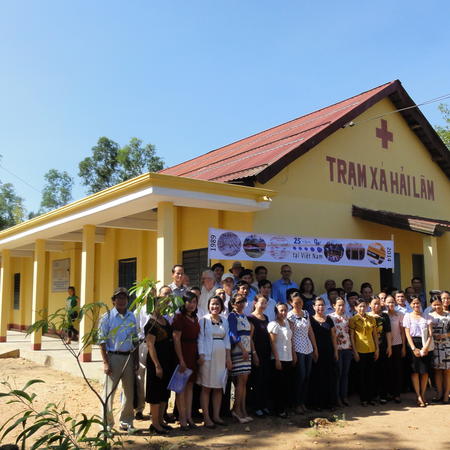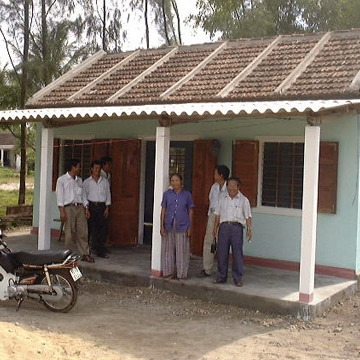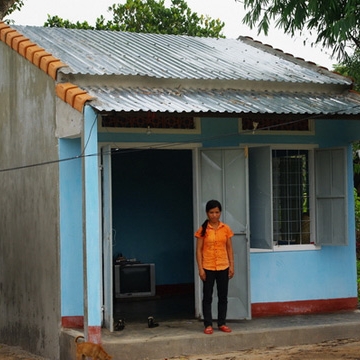Adaptation to climate change: linking disaster risk reduction and insurance
Considering insurance in reducing disaster risk and advancing adaptation
Authors: K. Warner; N. Ranger; S. Surminski / Publisher: International Strategy for Disaster Reduction (ISDR), 2010
Development gains are increasingly at risk from climate change among other pressures. Adverse changes are already being observed in the amount, intensity, frequency and type of precipitation, resulting in drought, floods and tropical storms. Climate change threatens to undermine poorer countries to absorb loss and recover from disaster impacts. This paper addresses the potential role of insurance in reducing disaster risk and advancing adaptation. The United Nations Framework Convention on Climate Change (UNFCCC) identified disaster risk reduction strategies and risk transfer mechanisms including insurance as potential elements in a new climate agreement.
The document cautions, however, that insurance has the following limitations:
* it does not prevent the loss of lives or assets
* it is not always the most appropriate option to manage risks, in terms of affordability
* with climate change, insurance tools will be challenged to cover increasingly frequent and intense events
* traditional insurance may not be the appropriate tool for longer term foreseeable risks like sea-level rise and desertification
* insurance alone is not the solution because it could fail to reduce risk and to advance adaptation unless it is implemented along with disaster risk reduction measures.
The authors also state that collaboration between the insurance industry and the public sector can promote risk reduction in a number of ways:
- awareness raising and risk education: insurers and government can partner to make available risk data and information systems
- risk pricing: by accurately pricing risk, insurers can incentivise risk reducing decision making
- enabling conditions and regulation of insurance programs: through legislation, financial oversight and monitoring, government can provide incentives for insurance to promote risk-reducing activities
- direct financing of risk reduction measures: insurers can invest directly in risk reduction measures to avoid large compensation claims
- risk reduction as a prerequisite for insurance: as a prerequisite for coverage, insurers can require that policy holders undertake specific disaster risk reduction measures.
Appropriately embedded among risk reduction measures and with the right incentives, insurance has important potential to reduce disaster risk and advance adaptation. The paper identifies the following considerations for designing insurance programs:
¤ careful planning and close coordination in the implementation of insurance with disaster risk reduction measures
¤ raising community risk awareness
¤ investing in the gathering and dissemination of risk information
¤ government regulation to ensure a longer term focus on risk reduction from insurers
¤ government regulation to ensure insurer solvency, licensing and insurance distribution.











